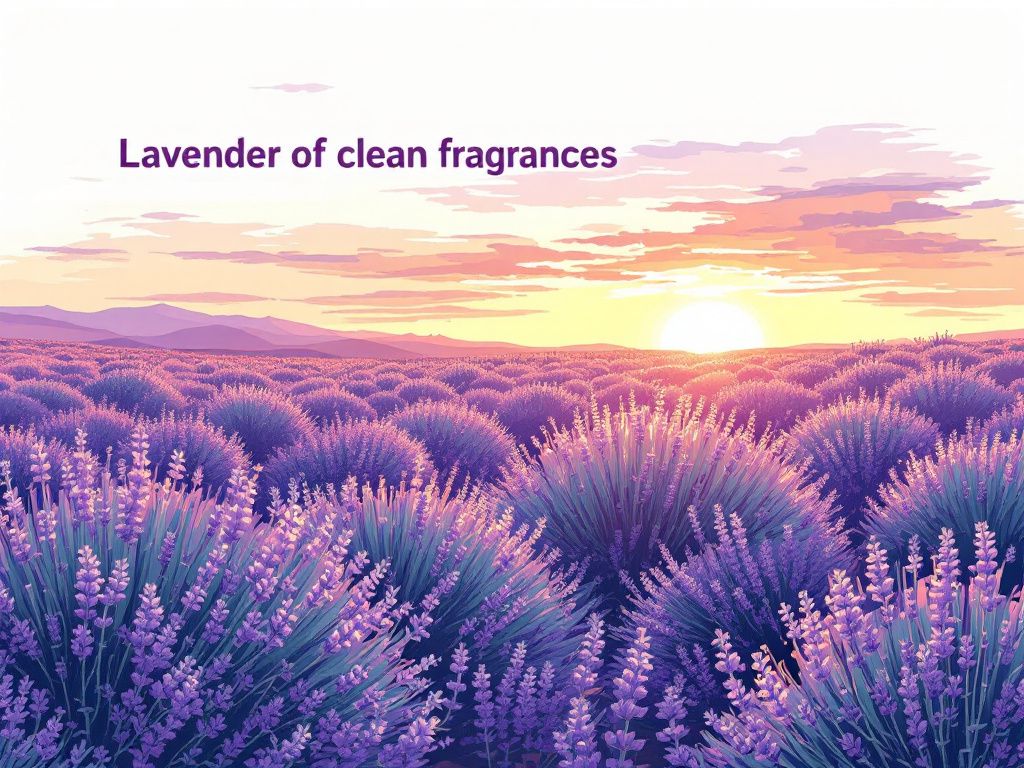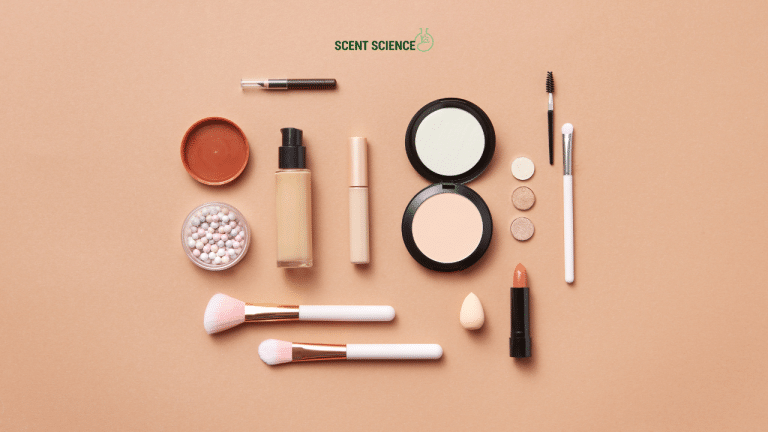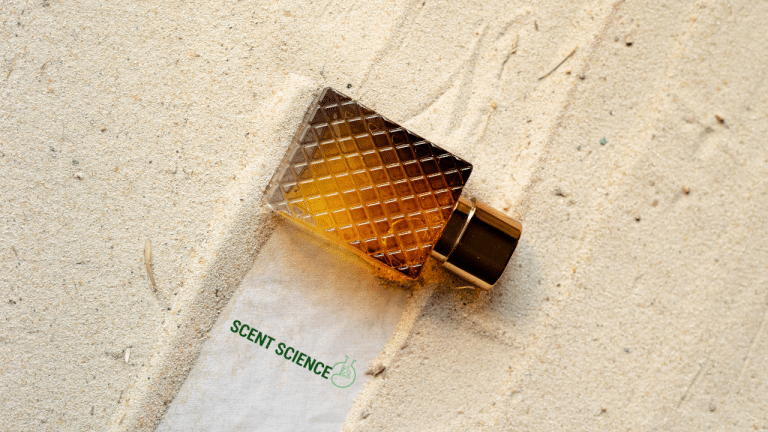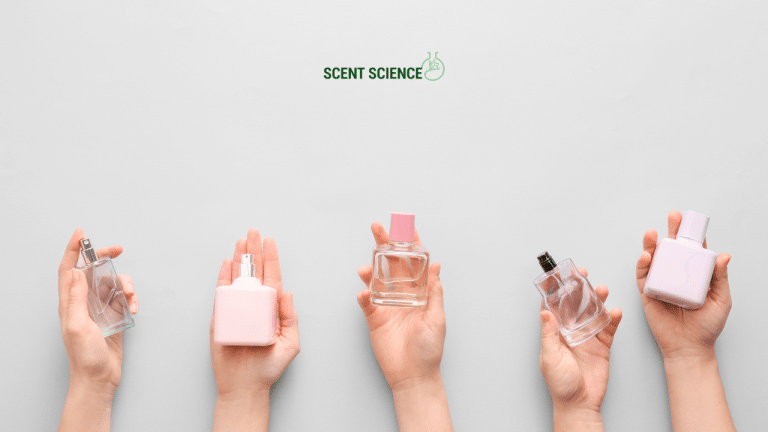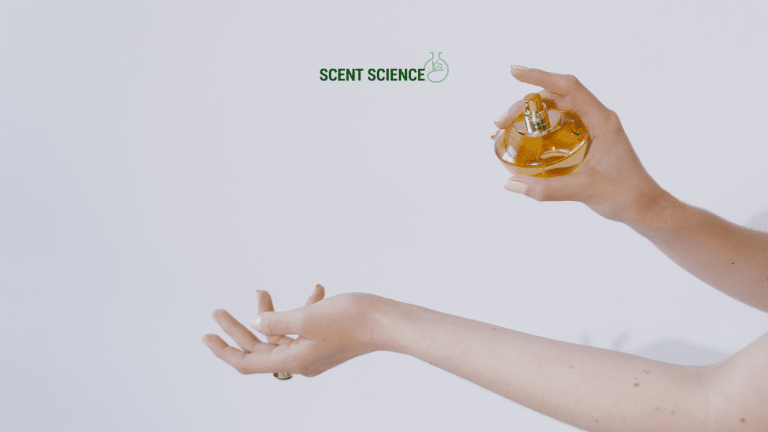In recent years, the world has seen a noticeable shift towards clean beauty, primarily fueled by a growing awareness of the ingredients we put on our bodies. Natural fragrance perfumes have found their way into the spotlight as part of this movement, promising clean, sustainable, and often organic perfume solutions without compromising on efficacy or luxury. But what exactly goes into these natural fragrances, and how do they differ from their synthetic counterparts? This comprehensive guide will demystify natural fragrance formulas, delve into the chemistry behind them, and offer actionable insights for incorporating them into your daily life.
Table of Contents
ToggleThe Rise of Natural Fragrances 🌿
Before diving into the true essence of hind this clean b perfume, it’s essential to understand the driving forces behind this clean beauty trend. Consumers are becoming more ingredient-savvy, gravitating toward products that offer transparency and are perceived to be safer for both the body and the environment. Survey data suggests that nearly 40% of consumers prioritize purchasing clean beauty products over conventional products—an insight that the fragrance industry can’t ignore.
The Draw of the Natural in the Fragrance Industry
Natural fragrances are derived directly from plant sources using methods like steam distillation or cold pressing. Unlike synthetic fragrances, which are often created using petrochemicals, natural fragrances promise authenticity and reduced exposure to potentially harmful chemicals.
**The Benefits:**
- Safety: Free from parabens, phthalates, and synthetic musks, which are often present in traditional fragrances.
- Sustainability: Ethically sourced ingredients contribute to environmental conservation as they are biodegradable and support biodiversity.
- Authenticity: Natural perfumes offer a deeper connection to nature, resonating with those seeking holistic solutions.
Ingredients That Define Natural Fragrance Perfumes
Identifying what constitutes a natural fragrance perfume begins with understanding its core components. In its purest form, a fragrance is composed of essential oils, absolutes, and other botanical extracts combined in a carrier oil base.
Essential Oils: The Building Blocks
Essential oils are the cornerstone of natural fragrances. Extracted through processes like steam distillation, they capture the aromatic essence of plants. Each essential oil carries unique characteristics and benefits.
**Examples:**

- Lavender Oil: Offers a calming aroma, commonly used for relaxation.
- Citrus Oils (Lemon, Orange): Known for their invigorating and refreshing scents.
Absolutes: The Concentrated Essence
Absolutes are highly concentrated aromatic oils extracted through solvent extraction methods, often from flowers that do not tolerate the distillation process well, like jasmine or rose.
**Example:**
- Jasmine Absolute: Provides a rich, exotic scent found in many luxurious natural perfume blends.
Carrier Oils: The Gentle Holders
Carrier oils like jojoba or sweet almond oil are used to dilute the powerful essential oils and absolutes, making them safe for skin application and prolonging the fragrance’s longevity.
The Chemistry Behind Natural Fragrances 🌸
Creating a balanced natural fragrance perfume is as much an art as it is a science. Understanding the chemistry allows us to appreciate its complexity and strategically develop scents that are both appealing and stable.
Top, Middle, and Base Notes
Fragrances are structured in a tier of notes that unfold over time when applied to your skin.
- Top Notes: The initial impression of the fragrance, typically light and fresh, lasting up to 15 minutes. Example: Bergamot.
- Middle Notes (Heart Notes): These emerge once the top notes dissipate, providing the fragrance’s main theme, lasting 30 minutes to an hour. Example: Rose.
- Base Notes: The foundation of the fragrance, offering depth and long-lasting strength, lingering for several hours. Example: Sandalwood.
Blending Natural Ingredients for Unique Scents
The blend of various ingredient notes creates a harmonious natural fragrance. For instance, combining citrus top notes with floral middle notes and woody base notes can yield a multidimensional and layered scent, offering a bespoke experience for the wearer.
**Expert Tip:** Maintaining a balance in concentrations is key. Overpowering one note can distort the entire fragrance profile, whereas an underpowered note may lead to a lackluster scent.

Choosing the Right Natural Fragrance for You
Navigating the world of natural fragrance perfumes requires a discernible understanding of your preferences and how different scents interact with your body chemistry.
Identifying Your Scent Profile
A scent profile reflects your personality and personal preferences. It’s a reflection of your lifestyle, memories, and even mood. By recognizing the olfactory families—such as floral, fresh, woody, or oriental—you can better understand what resonates with you.
**Actionable Tip:** Visit a boutique or store specializing in natural perfumes to sample various fragrances. Pay attention to how they develop on your skin and how your body responds over several hours.
Evaluating Quality and Authenticity
Not all natural fragrances are created equal. Distinguishing high-quality products involves scrutinizing ingredient labels and certifications.
**Do This:**
- Look for Certifications: Seek labels such as ‘organic’, ‘100% natural’, or a registered clean beauty certification.
- Check for Transparency: Brands that list all ingredients clearly are more trustworthy.
**Not That:** Avoid perfumes with vague labeling or those claiming to be ‘natural scent’ without substantiating ingredients.
Practical Applications of Natural Fragrances
Natural fragrance perfumes offer versatility beyond a simple spritz from a bottle. Here’s how you can integrate them into your routine, enriching your daily sensory experiences.
DIY Fragrance Blending
Unleash your inner alchemist and craft bespoke scents at home. Here’s a simple guide:

- Gather Essential Oils: Select your preferred top, middle, and base notes.
- Decide on Ratios: A standard guide is 30% top notes, 50% middle notes, 20% base notes.
- Mix in a Rollerball Bottle: Use a carrier oil like fractionated coconut oil.
- Shake Well: Allow the blend to sit for a few days to let the scents meld.
Multi-Sensory Uses
- Home Scents: Use your blends in diffusers to create a welcoming home atmosphere.
- Bath and Body Products: Integrate into bath salts or lotions for a holistic fragrance experience.
Addressing Common Fragrance Concerns
Even in the world of natural fragrances, some concerns need to be managed carefully.
Skin Sensitivity and Allergies
While natural perfumes tend to be gentler on the skin than their synthetic counterparts, sensitivities can still occur. Patch testing new formulations on a small skin area is always a prudent approach to avoid irritation.
**Expert Tip:** If you experience irritation, switch to fragrance-free personal care products to maintain skin health.
Cost Versus Value
Natural fragrances can sometimes be more expensive due to the pure ingredients and complex extraction processes. However, the investment often translates into a better product with genuine benefits for both personal health and the environment.
Conclusion: Embracing Clean Chemistry 🌍
The truth behind natural fragrance formulas is profoundly rooted in our desire for transparency and clean beauty products. By preferring natural fragrance perfumes, you align yourself with a movement that values authentic, sustainable, and holistic fragrance experiences.
As you embark on selecting a natural perfume, or even concoct your own blend at home, you’re not just choosing a fragrance but embracing an entire philosophy that champions the purity of nature’s offerings. Whether your motivation is to support environmentally friendly practices, alleviate sensitivities to synthetics, or simply enjoy nature’s aromatherapy, natural fragrances offer an alluring path to discover.
By understanding these nuances and using them as a guiding compass, you can make informed, empowered choices that align with both personal wellbeing and broader ecological responsibility.
Here’s to exploring and celebrating the olfactory wonders of earth’s botanical treasures—one breath at a time. 🌱
Frequently Asked Questions
What are the benefits of using a hair mask in my hair care routine?
Using a hair mask can provide several benefits, including hydration, smoothing, strengthening, curl definition, heat protection, and damage repair. Hair masks infuse the hair with moisture, help coat the hair shaft to seal split ends, reduce breakage, and protect the hair from heat styling and environmental damage[1][4].
What ingredients should I look for in a hair mask?
Effective hair masks often include ingredients such as coconut oil, argan oil, shea butter, honey, avocado oil, green tea, and coconut water. These ingredients provide nourishment, moisturize, and protect the hair, offering benefits like softening, moisturizing, and protecting against damage[2][5].
How often should I use a hair mask in my routine?
You should use a hair mask whenever your hair feels dry, unmanageable, or in need of intense hydration. This can vary depending on your hair type and needs, but generally, using a hair mask once or twice a week can help maintain healthy and moisturized hair[1][4].
How do I apply a hair mask for the best results?
To apply a hair mask effectively, shampoo your hair first, then apply the mask, focusing especially on the ends where hair tends to be the most damaged. Leave the mask on for anywhere from 10 minutes to overnight, depending on the type of mask and your hair’s needs[1][4].
References

